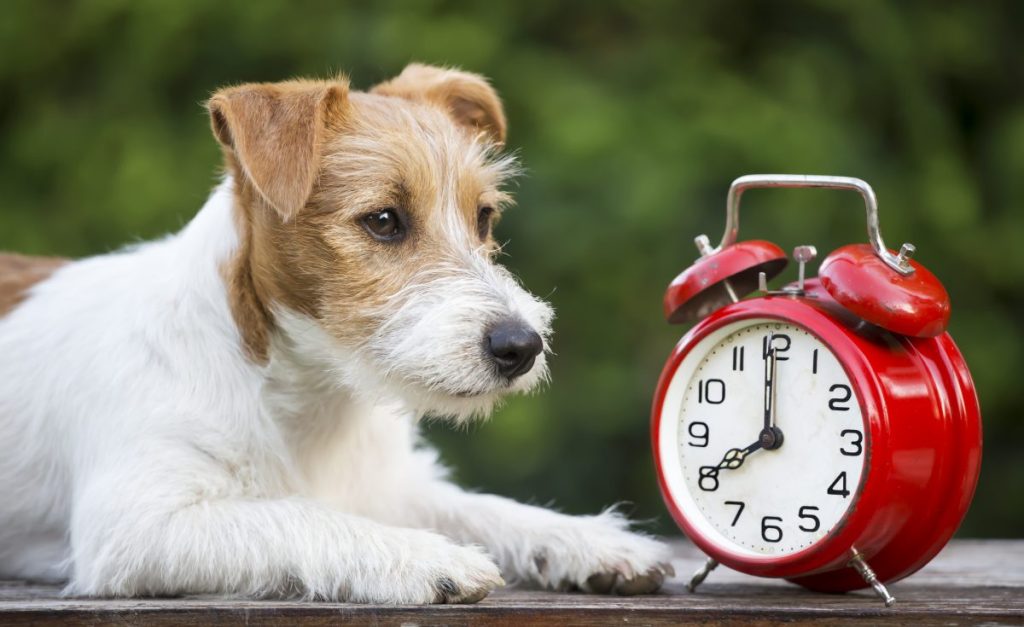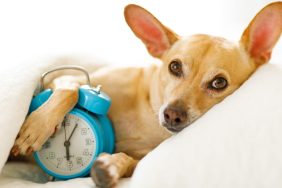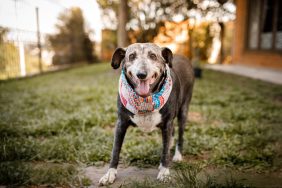Daylight Saving Time ends on Sunday, November 3, 2024, at 2:00 a.m. For humans, the extra hour is a great way to catch up on sleep. However, for dogs, the effects can be very different.
Animals don’t set their routines by the clock that we use as humans to keep on schedule. They have their own circadian rhythm — a biological…




